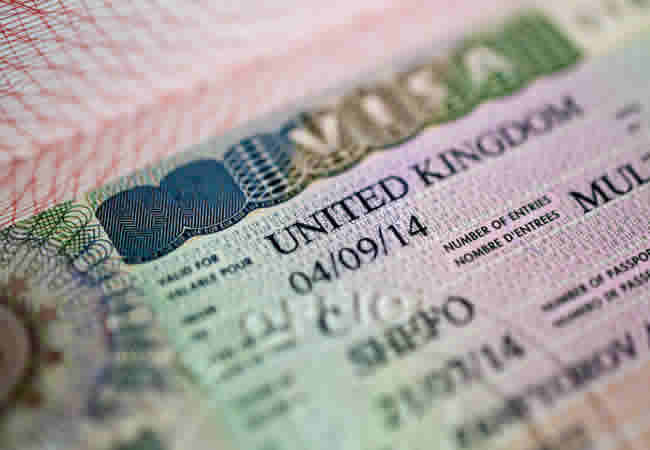…Everything You Need to Know About the Immigration Reform
By Austin Manekator
In a landmark shift set to redefine the UK’s immigration landscape, the British government has unveiled a comprehensive white paper aimed at tightening immigration rules and reducing net migration. Prime Minister Sir Keir Starmer introduced the sweeping immigration reforms on May 12, 2025, pledging to “restore public trust” and cut net migration by at least 50,000 annually.
UK Immigration Reform 2025: Key Policy Changes
The newly proposed immigration overhaul represents the most significant policy reset since Brexit. It introduces stricter visa eligibility criteria, eliminates automatic settlement pathways, and places a greater emphasis on migrants’ contributions to the UK economy and society.
End of Automatic Settlement After Five Years
A key highlight of the UK immigration white paper is the abolition of the automatic five-year settlement route. Previously, many skilled workers were granted Indefinite Leave to Remain (ILR) after five years of residency. Under the new system, only migrants who demonstrate significant contributions, such as public service or high-skilled private sector employment, will qualify for early permanent residency.
Graduate Visa Duration Reduced to 18 Months
In a major change affecting international students, the popular Graduate Route visa will be cut from two years to 18 months. The UK government argues this will prevent misuse of student visas as a gateway to permanent migration. However, education experts and university leaders warn that this move may deter top global talent from choosing UK universities.
UK Social Care Worker Visa Scrapped
One of the most controversial changes is the abolition of the Health and Care Worker visa route for social care roles. Although existing visa holders will be allowed to extend their stay, no new applicants will be accepted under this category. The government insists the UK care sector must now prioritise domestic workforce development, but critics fear an imminent staffing shortage in care homes and support services.
Tougher Visa Requirements and Settlement Criteria
The UK’s immigration reforms also include:
- A higher skill threshold for skilled worker visas, now requiring graduate-level qualifications.
- Increased salary thresholds and English language proficiency standards for both applicants and dependents.
- Elimination of automatic paths to British citizenship; migrants must now reside in the UK for a minimum of 10 years unless they meet strict new contribution-based criteria.
Labour Government’s New Immigration Strategy
Prime Minister Starmer described the immigration white paper as a “turning point” designed to reflect public sentiment while protecting the UK’s national interest.
“Uncontrolled migration has damaged public confidence and created deep imbalances in our economy and communities,” Starmer said during a press briefing at 10 Downing Street. “This reform lays the groundwork for a fairer and more focused immigration system.”
What Comes Next?
The UK government plans to implement the immigration changes over the next 12 months, with consultations underway involving universities, employers, and local authorities. These changes mark a definitive pivot in Britain’s post-Brexit immigration policy, prioritising skilled migration and accountability over open-door access.
While the long-term impacts on the UK labour market, education sector, and international reputation are yet to unfold, one thing is certain: the UK immigration debate is entering a pivotal new phase.




































